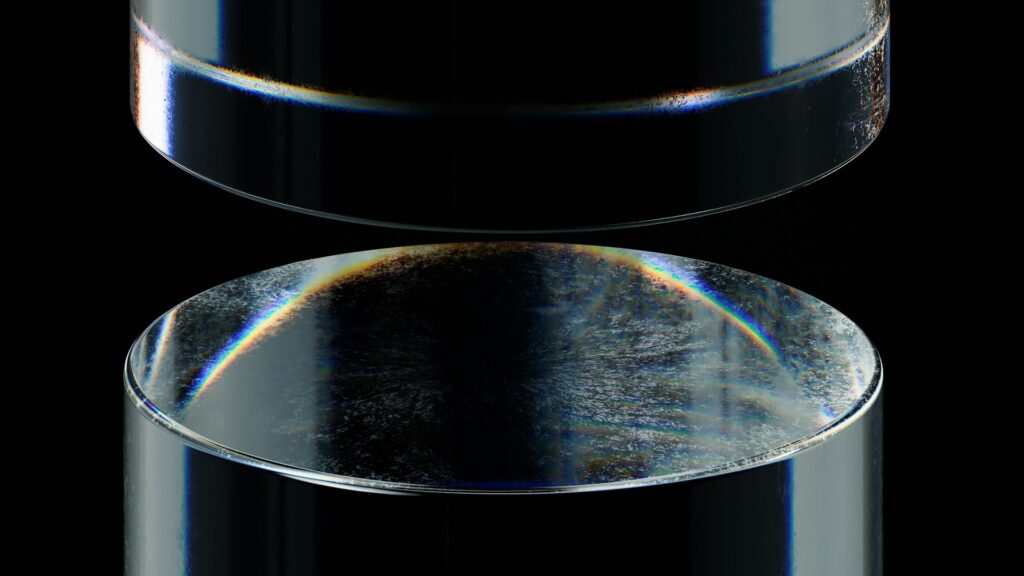Researchers at Harvard John A. Paulson School of Engineering and Applied Sciences, led by Professor Federico Capasso, alongside Ahmed Dorrah, Alfonso Palmieri, and Lisa Li, have reported the discovery of a new type of structured light beam, which they call the optical rotatum. This light exhibits a unique behavior: it not only twists as it propagates but also changes its torque at different rates across its structure, creating patterns that mimic spirals frequently observed in nature.
Dorrah, A. H., Palmieri, A., Li, L., & Capasso, F. (2025). Rotatum of light. Science Advances, 11(15). https://doi.org/10.1126/sciadv.adr9092
Beams of light with orbital angular momentum, often described as optical vortices, have been used in areas such as optical tweezers, communications, and particle manipulation. The optical rotatum extends this concept by introducing a variable torque along the beam’s propagation, inspired by classical mechanics. In Newtonian terms, “rotatum” refers to the rate of change of torque on an object over time. By applying this principle to light, the team created a beam whose corkscrew structure evolves in a controlled and predictable manner.
Ahmed Dorrah, first author of the study and former research associate in Capasso’s lab, explained that the beam follows a logarithmic spiral pattern, similar to the Fibonacci sequence observed in natural phenomena such as nautilus shells, sunflower seeds, and tree branches. This unexpected alignment with natural spirals demonstrates a new link between physical light patterns and universal geometric structures.
Professor Federico Capasso, from Harvard John A. Paulson School of Engineering and Applied Sciences stated,
“This is a new behavior of light consisting of an optical vortex that propagates through space and changes in unusual ways. It is potentially useful for manipulating small matter.”
The team built on previous work with metasurfaces, thin lenses patterned with nanostructures that bend light to generate specific polarizations and orbital angular momentum. With the optical rotatum, the researchers added an additional degree of freedom: spatially varying torque. By modulating the light in this way, they can control its rotation continuously along the propagation path.
Graduate student Alfonso Palmieri emphasized that this method offers greater versatility for manipulating light in laboratory and industry-compatible settings. Unlike previous demonstrations that required high-intensity lasers and complex optics, the Harvard team achieved optical rotatum using a low-intensity beam and a single liquid crystal display, making it easier to integrate into practical devices.
Optical rotatum opens possibilities for precise manipulation of microscopic particles. Its variable torque could generate novel forces on colloids in suspension, enabling new types of optical tweezers for micro-manipulation tasks. Beyond particle control, the technique may contribute to advances in optical communication, microfluidics, and other areas where structured light is employed.
Professor Capasso noted that the discovery demonstrates a previously unseen degree of control over light and may inspire further research in applied mathematics, photonics, and optical engineering. By revealing a natural geometric pattern in a controllable beam of light, the research bridges fundamental physics with practical experimental applications.

Adrian graduated with a Masters Degree (1st Class Honours) in Chemical Engineering from Chester University along with Harris. His master’s research aimed to develop a standardadised clean water oxygenation transfer procedure to test bubble diffusers that are currently used in the wastewater industry commercial market. He has also undergone placments in both US and China primarely focused within the R&D department and is an associate member of the Institute of Chemical Engineers (IChemE).



